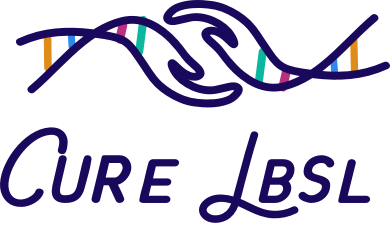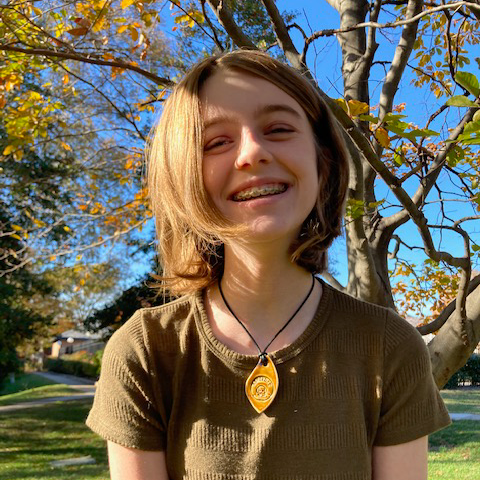About LBSL
LBSL stands for Leukoencephalopathy with Brainstem and Spinal Cord Involvement and Lactate Elevation. LBSL is also known as the “Awesome Disease” because those battling this condition tend to be truly remarkable people.
Meet Madison
This is her story as told by the Every Cure Foundation for rare disease research.
What is LBSL
A rare genetic disorder that affects the brain and spinal cord. There are thought to be approximately 100 to 300 patients worldwide, but many people go undiagnosed or misdiagnosed, so the actual number could be higher.
Identified in 2004, LBSL is caused by mutations in the DARS2 gene, which provides the body with instructions for making an enzyme called mitochondrial aspartyl-tRNA synthetase.
This enzyme helps with production of proteins in the mitochondria – the energy factories of our cells, which turn nutrients into energy.
As a result of mutations in DARS2, certain parts of the nervous system do not have sufficient energy to function properly affecting their function and the production of nerve coatings, called myelin.
Much like the plastic coating around the wires in your home, myelin provides insulation to the nervous system and is essential for the transmission of signals from the brain to the rest of the body.
What are the symptoms of LBSL?
According to the National Institutes of Health, most LBSL patients develop movement problems during childhood or adolescence. However, in some individuals, these problems do not develop until adulthood. Known symptoms include:
Abnormal muscle stiffness and difficulty with coordination
Loss of the ability to sense the position of their limbs and vibrations
Most individuals who show symptoms in childhood eventually require wheelchair assistance, sometimes as early as their teens, although the age varies
People with LBSL can have other signs and symptoms of the condition, such as seizures, speech difficulties, hand tremors, learning problems, or mild deterioration of mental functioning
Some people with this disorder are particularly vulnerable to severe complications following head trauma, which may trigger a loss of consciousness, other reversible neurological problems, or fever.
How is LBSL Diagnosed?
LBSL is often first identified through MRI with contrast. Genetic testing is required to identify the DARS2 genetic mutation and confirm the diagnosis.
LBSL is inherited in an autosomal recessive manner, meaning most patients have inherited two copies of the mutated gene – one from each parent. Parents who are both carriers of the DARS2 mutation have a 25% chance of having a child with LBSL.
Are there any treatments for LBSL?
Unfortunately, there are currently no definitive, long-term treatments for LBSL. Cure LBSL is funding research all over the globe with the goal of discovering new treatments and hopefully a cure.
Supportive therapies for LBSL patients include:
Physical therapy and rehabilitation to improve motor function
Anti-epileptic drugs (AED)
Special eduction
Speech therapy
Some patients with LBSL take a combination of antioxidants, often referred to as a mitochondrial cocktail, under the guidance of a doctor in an effort to try to help energy production in the brain and spinal cord. While the use of these antioxidants has not been systematically studied, and it is uncertain if their use will improve the long-term outcome of LBSL, some patients and families attribute positive results to the cocktail. To learn more about mitochondrial cocktails, please see the following professional presentations:
2022 LBSL Conference Recording
Speaker Dr. Hilary Vernon
Topic: Mitochondrial Cocktails: How to Access2021 Mito Action Seminar
Speaker: Dr. Ted Toufas, BS, PharmD, RPh
Topic: The Mito Cocktail Revisited2019 Mito Action Seminar
Speaker: Dr. Ted Toufas, BS, PharmD, RPh
Topic: Mito Supplement Therapy




